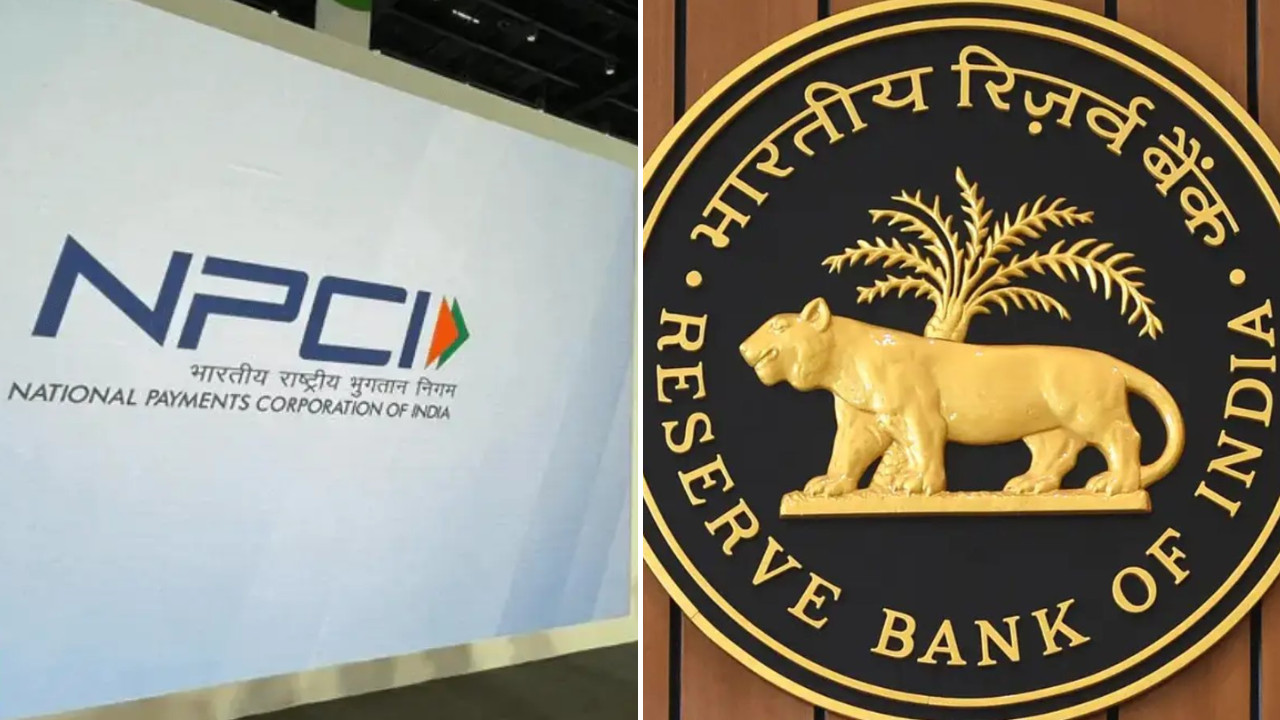Prada has refuted claims of violating Geographical Indication (GI) rights linked to Kolhapuri chappals after showcasing sandals inspired by the traditional Indian footwear. The luxury fashion house responded to a legal notice from LIDKAR, asserting that their sandals were simply described as ‘leather sandals’ without any reference to the Kolhapuri region or techniques.
The Kolhapuri vs. Prada Standoff: A Tale of Tradition, Luxury, and Leather
The world of fashion is no stranger to drama, but the recent clash between the humble Kolhapuri chappal and luxury giant Prada has all the makings of a captivating legal showdown. At stake? A cool ₹500 crore (roughly $60 million USD) and the very definition of cultural heritage.
For generations, artisans in the Kolhapur region of Maharashtra, India, have meticulously crafted these distinctive leather sandals. Known for their durability, intricate designs, and vegetable-tanned leather, Kolhapuris are more than just footwear; they’re a symbol of local artistry and a vital part of the region’s economy. But are they just simple sandals? That’s the crux of the argument.
The legal battle erupted when the Kolhapur Chappal Association (KCA), representing these artisans, accused Prada of infringing on their Geographical Indication (GI) tag. A GI tag is a form of intellectual property right that recognizes a product as originating from a specific region and possessing qualities or a reputation unique to that area. Think of it as the Champagne of footwear.
The KCA argues that Prada’s footwear designs too closely resemble the traditional Kolhapuri, thereby misleading consumers and diluting the brand’s distinct identity. They claim Prada is unfairly profiting from the hard work and cultural significance embedded within each handmade pair.
Prada, however, vehemently denies these allegations. Their defense? The brand asserts that the sandals in question are simply “simple leather sandals” and do not infringe upon the GI tag. They argue that the basic design elements are common and ubiquitous, lacking the specific characteristics that would qualify them as authentic Kolhapuri chappals. Essentially, they’re saying similar styles exist across the globe.
<img src="https://example.com/kolhapuri-chappal-prada.jpg" alt="A traditional Kolhapuri chappal next to a similar sandal design, highlighting the key differences and similarities in the Kolhapuri sandal dispute.”/>
The heart of the issue lies in the interpretation of the GI tag itself. Does it protect the overall aesthetic of the Kolhapuri, or does it only cover the precise, legally registered design elements? This is where the legal arguments become complex, delving into the nuances of intellectual property law and the delicate balance between protecting traditional crafts and fostering innovation.
This isn’t just a David versus Goliath story. It’s a reflection of broader conversations surrounding cultural appropriation, the power of global brands, and the importance of preserving traditional skills in an increasingly homogenized world. Imagine the impact on the livelihoods of Kolhapuri artisans if their unique craft is replicated and mass-produced without due recognition.
What makes a Kolhapuri chappal truly Kolhapuri? It’s not merely the leather, but the specific tanning process, the hand-stitching techniques passed down through generations, and the unique regional designs that tell stories of the land and its people. These elements, the KCA argues, are what distinguish their product and justify the GI protection.
The legal proceedings are ongoing, and the outcome remains uncertain. But the case has already sparked widespread debate about the role of intellectual property in safeguarding cultural heritage. It highlights the vulnerability of small-scale artisans in the face of powerful multinational corporations and the need for stronger legal frameworks to protect traditional crafts. This situation mirrors similar debates happening across various industries, from food production to textiles.
This isn’t the first time a major brand has faced scrutiny over alleged cultural appropriation. In the past, similar controversies have involved everything from indigenous art to traditional clothing. These cases serve as a reminder of the ethical considerations that businesses must grapple with as they operate in a globalized market. Furthermore, they highlight the increasing awareness among consumers who are now more likely to call out brands for perceived insensitivity or exploitation of cultural elements. For related reading, check out our piece on ethical sourcing in the fashion industry here.
Ultimately, the Kolhapuri vs. Prada case forces us to consider a crucial question: How can we ensure that traditional crafts are respected and protected, while also allowing for creative inspiration and innovation in the world of fashion? The answer is likely to be found in a delicate balance between legal protections, ethical business practices, and a genuine appreciation for the rich tapestry of global cultures. The legal battle is a major point of contention, but the spotlight is on the protection of the Kolhapuri sandal and its origins.







